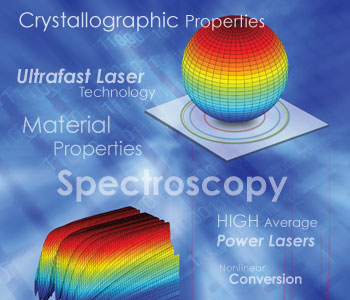Feature
Solid-State Lasers: Steady Progress Through the Decades
More than three decades after solid-state lasers were developed, physicists and engineers have made an extraordinary amount of progress, and the pace of development is accelerating.

Much has changed since we began working on solid-state lasers in the mid-1970s at the University of Rochester. At that time, these lasers were in their infancy; optical pumping was done almost exclusively with flashlamps; and personal computers were non-existent. Vibrant industrial laser research groups at General Electric, Bell Labs, RCA, TRW, Hughes Research, and other companies enjoyed substantial government and corporate support. And laser fusion efforts were under way at Lawrence Livermore National Laboratory, Los Alamos, KMS Fusion, and the Laboratory for Laser Energetics at the University of Rochester. In 1972, physicist John Nuckolls predicted that about a kilojoule of laser light would be needed for a laser fusion break-even, an estimate that has continually increased over the years. (The National Ignition Facility is now reaching completion with more than 4 megajoules of energy output.)
…Log in or become a member to view the full text of this article.
This article may be available for purchase via the search at Optica Publishing Group.
Optica Members get the full text of Optics & Photonics News, plus a variety of other member benefits.
